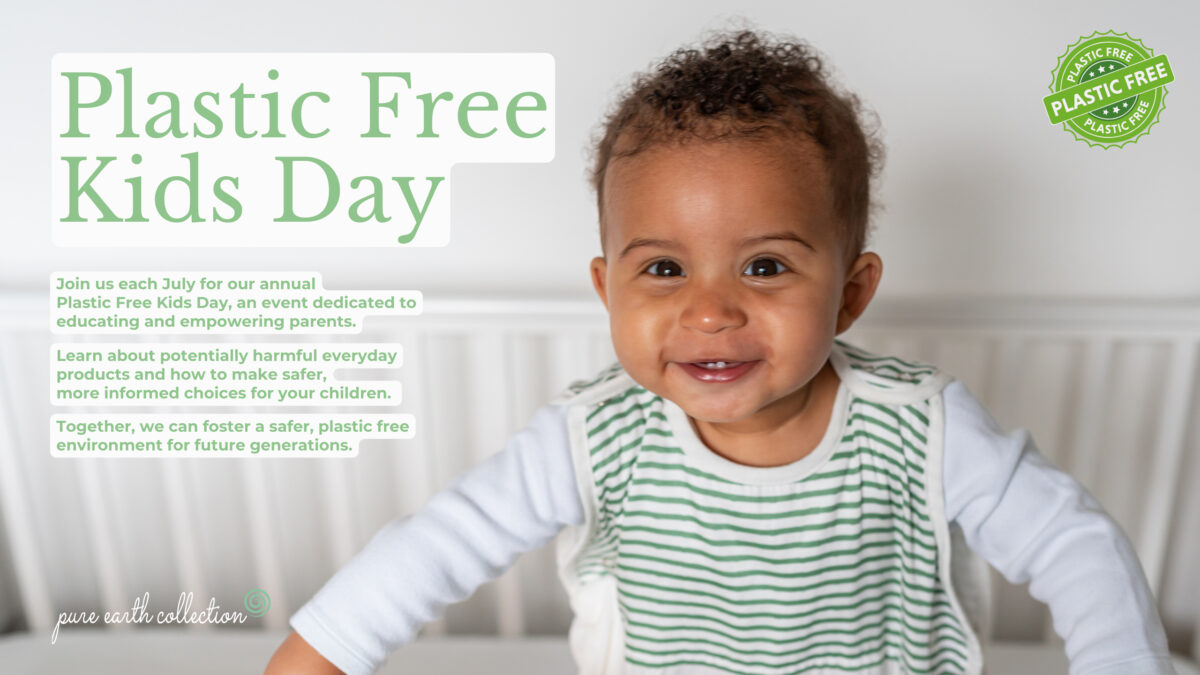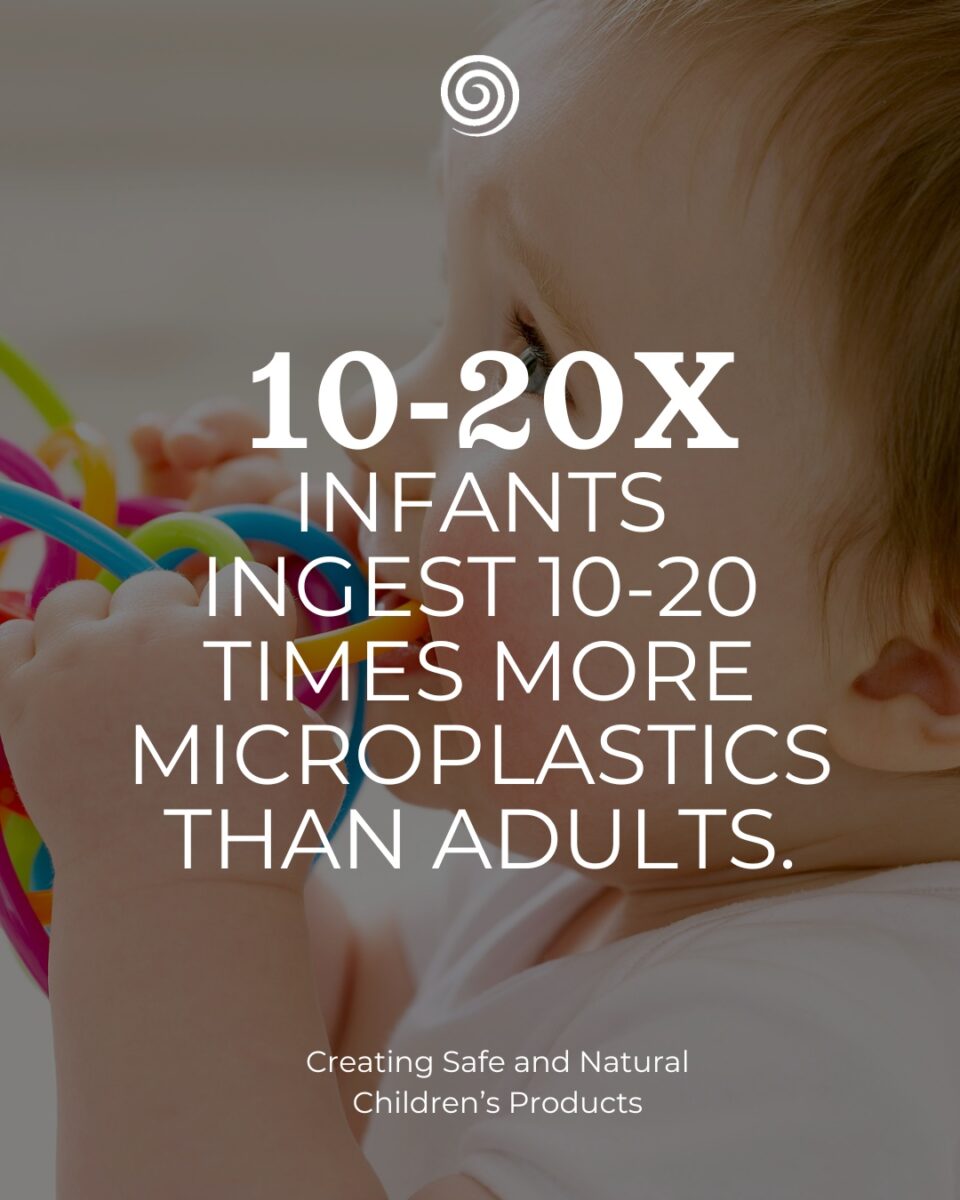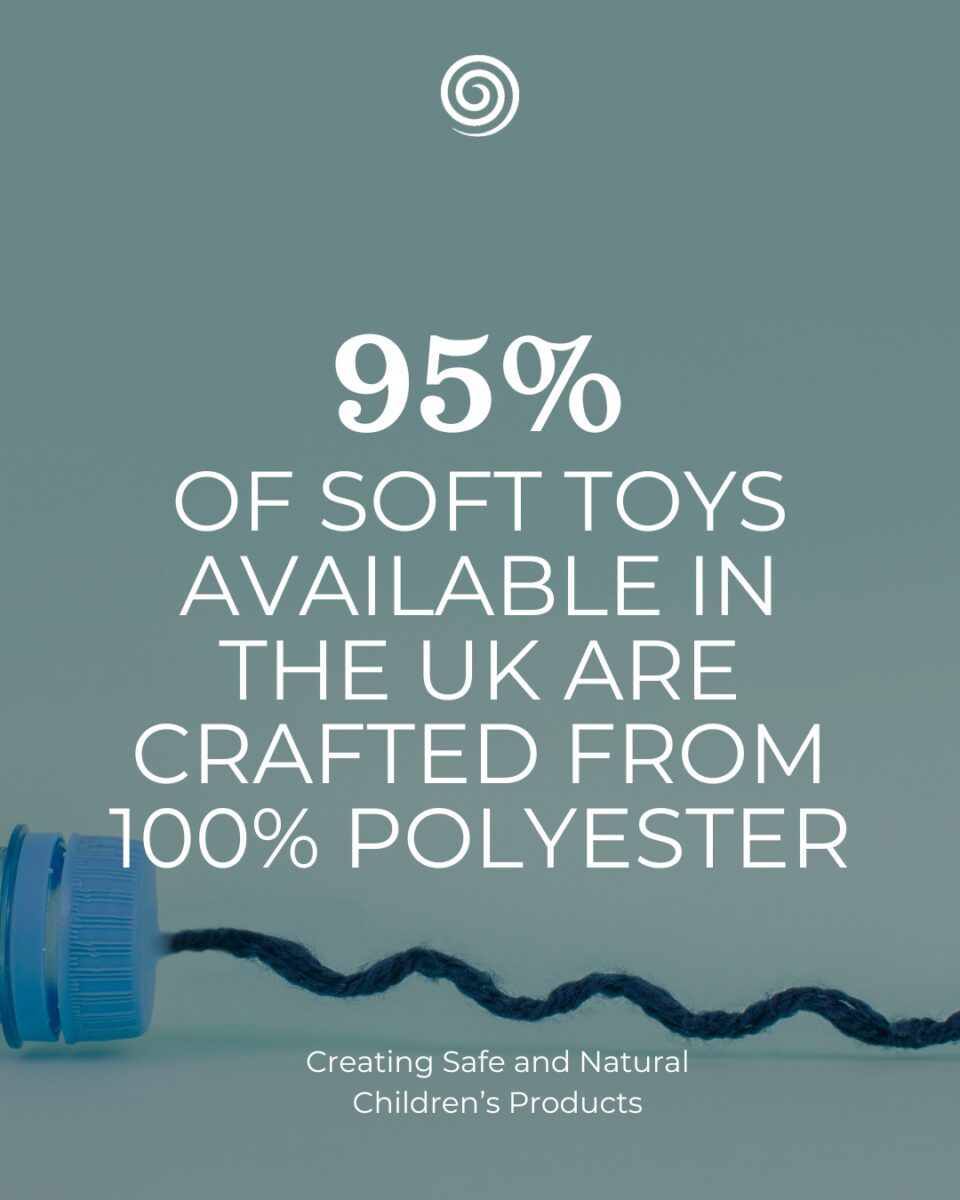
How Pure Earth Collections Plastic Free Kid’s Day Attempts to Tackle The Rising Threat of Microplastics and its Impact on Human Health
Microplastics pose an escalating health concern as they increasingly infiltrate the human body. Research on both animals and humans has uncovered a host of toxic effects linked to high levels of microplastic ingestion, including cell damage, hormone disruption, neurotoxicity, reproductive issues, cancer, and obesity, among others. One particularly alarming study released in March 2024 found that high levels of microplastics in human blood were associated with a 4.5x increased risk of stroke, heart attack or premature death. This highlights the urgency to safeguard children from these invasive toxins.
These health risks stem not only from the plastics themselves but also from the array of chemicals added during their production. These chemicals are subsequently released as the plastics degrade within the body, compounding the detrimental effects associated with microplastic exposure.
Thankfully, there is a lot we can do to significantly limit our family’s exposure to these toxins just by making some simple changes. To do so, it’s first important to understand microplastics, where they come from and why little people are so much more exposed to them.
Why are Babies More Exposed to Microplastics?
Babies and toddlers are particularly vulnerable to microplastic exposure due to their developmental behaviours. For example mouthing polyester teddies, synthetic fabrics and plastic toys. This habit significantly contributes to higher levels of PET microfibers (one of the most pervasive microplastic type found inside the human body) ingested, which studies have found in huge concentrations in baby faeces.
According to recent studies by the New York School of Medicine, infants ingest 10-20 times more microplastics than adults. These minute particles pervade our children’s products, food chain, household dust, and even the air we breathe.
Understanding these sources of exposure underscores the importance of selecting products that minimise synthetic materials and opting for safer, organic and natural alternatives for our little ones.


Children’s Products and Microplastics:
Understanding the Risks
Unfortunately, due to its durability and affordability, plastics are frequently chosen as the primary material for children’s products.
Over 95% of soft toys available in the UK are crafted from 100% polyester. Polyester, derived from PET plastic—the same material found in water bottles— sheds so many microfibres that it is actually classed as a primary microplastic itself. So essentially, these teddies are being MADE from microplastics.
Unfortunately, there are now elevated health concerns around ‘recycled’ polyester, often sourced from plastic bottles or ‘ocean waste’. Ironically, this so-called ‘eco-friendly’ polyester has been discovered to pose greater health risks compared to virgin polyester due to the recycling process releasing higher levels of hazardous chemicals, as well as contamination along the way. Moreover, it continues to shed toxic microplastics much faster than would have been released from the original water bottles themselves. Regrettably, polyester plush, commonly used in fluffy fabrics for toys, sheds significantly more microplastics than tightly woven polyester yarns.
Children’s fleeces, snowsuits, waterproof outerwear, blankets, and many other products also frequently utilise polyester plush, compounding the issue of microplastic pollution in our children’s bodies and ecosystems.
What is Pure Earth Collection’s Plastic Free Kids Day?
At Pure Earth Collection, our mission extends beyond creating safe and natural children’s products. We are dedicated to protecting young ones from the pervasive risks of toxins and microplastics, which they encounter more frequently and intensely than adults. Given their vulnerability during delicate developmental stages, it’s critical to minimise these environmental risks in order to safeguard their future health.
Plastic Free Kids Day, which we have set annually for July 8th, epitomises our commitment.
This initiative is not just about offering products free from harmful chemicals; it’s an educational platform designed to shed light on the dangers lurking in everyday items and to empower parents with the knowledge and tools to make healthier, plastic-free choices for their families.
Help us to tackle plastic pollution and get involved with a dedicated day focused on protecting the future for our kids and our planet. July the 8th will be filled with enriching Instagram Lives with brands alike, enlightening information on low-tox living and exclusive promotions on natural and organic children’s products.
Sign up for our Newsletter and Follow us on Instagram to join our plastic-free mission, that way you won’t miss the exciting and exclusive announcement happening at 9 am on Monday the 8th of July.




